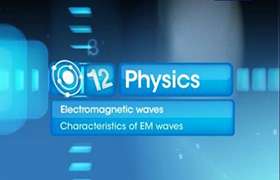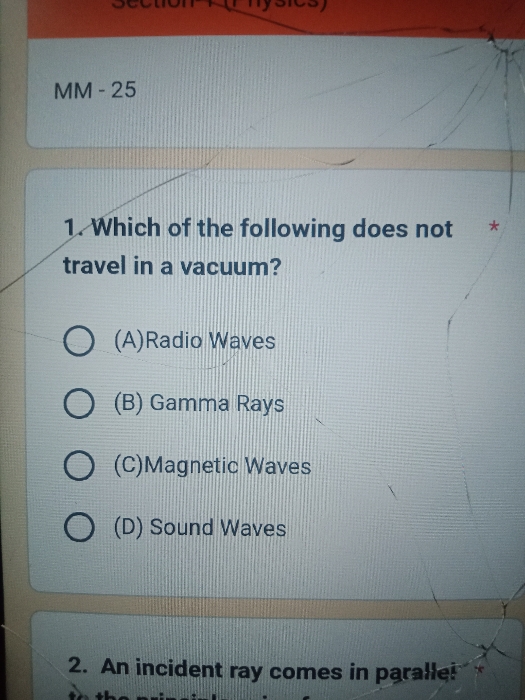CBSE Class 12-science Answered
Please explain me the the confusion about the marked step...
why a+bcoso=Rcos0(theta) at the same time bsin0(theta)= Rsin0(theta)
what is the logic for the cosideration...
- This type of substitutions is done for simplification in solving.
- Step 15 being converted into a standard form of trigonometric formula " sinAcosB + cosAsinB = sin(A+B) "
- Here " sinA = sinωt " and " cosB = cosωt "
- but there is no simplied term for sinB and cosA. "R" is taken into consideration for the resultant amplitude from "a" and "b"
- Hence, in step 16 there is substitution for " a+bcosΦ = Rcosθ " for sinA and " bsinΦ = Rsinθ " for cosB making the right hand side of step 15 in the form of sinAcosB + cosAsinB
Answered by Abhijeet Mishra | 08 Dec, 2017, 06:11: PM
Concept Videos
CBSE 12-science - Physics
Asked by writetoakashyadav | 28 Feb, 2024, 07:41: PM
CBSE 12-science - Physics
Asked by munaxa013 | 19 Jan, 2024, 01:21: PM
CBSE 12-science - Physics
Asked by sagarmishra | 06 Mar, 2023, 04:07: PM
CBSE 12-science - Physics
Asked by vashu7985864937 | 23 Dec, 2021, 12:28: AM
CBSE 12-science - Physics
Asked by mufeedatvp2000 | 19 Apr, 2020, 04:20: PM
CBSE 12-science - Physics
Asked by dumpapurush | 22 Oct, 2018, 10:48: AM
CBSE 12-science - Physics
Asked by ashwin.mts | 01 Oct, 2018, 05:27: PM
CBSE 12-science - Physics
Asked by mbinukurian1971 | 25 Jul, 2018, 12:29: AM
CBSE 12-science - Physics
Asked by Topperlearning User | 04 Jun, 2014, 01:23: PM
CBSE 12-science - Physics
Asked by Topperlearning User | 19 May, 2014, 01:22: PM






